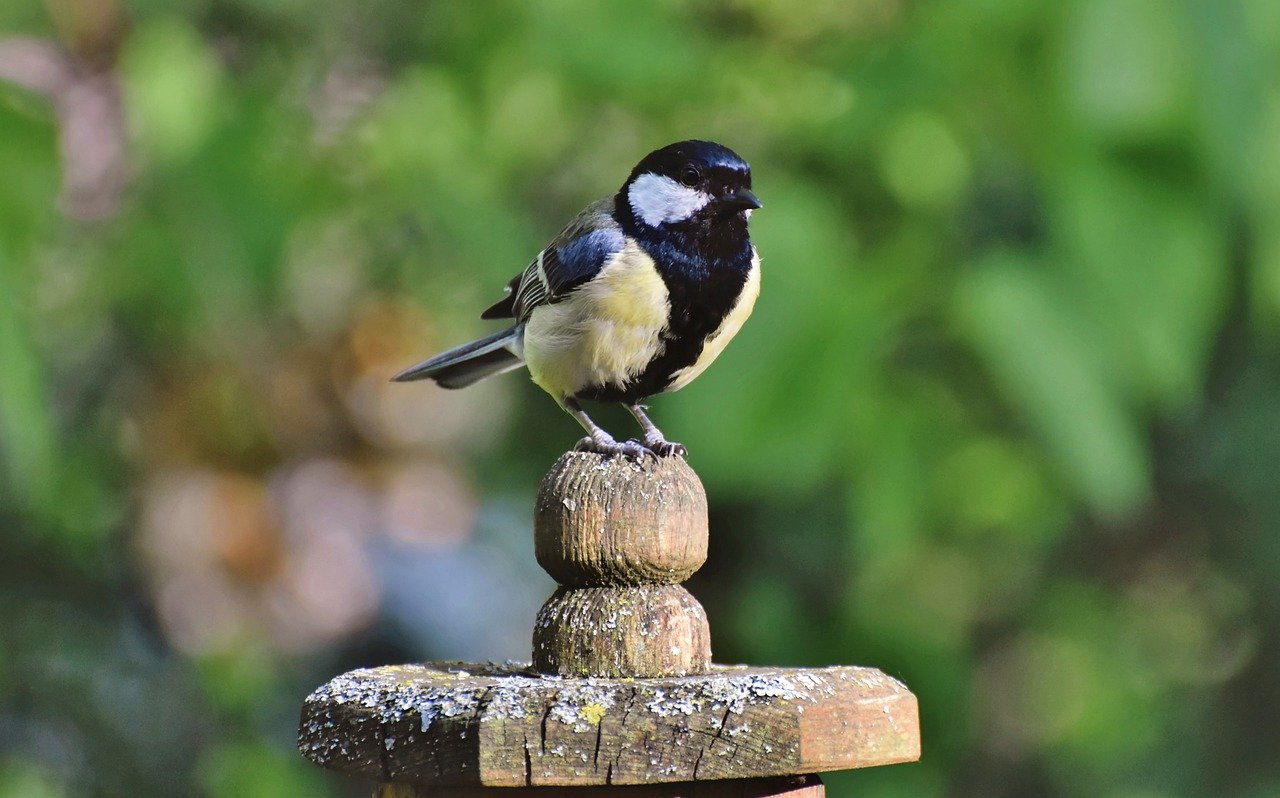A long-term study of the breeding biology of the Great Tit Parus major in a mixed forest in South Central Sweden
DOI:
https://doi.org/10.34080/os.v19.22650Keywords:
breeding success, predation, population studies, brood sizeAbstract
A nestbox-breeding population of Great Tits Parus major was studied from 1948 to 2008 in a mixed coniferous-deciduous forest near Örebro, South Central Sweden. The population was relatively stable around 20 pairs until the mid-1980s after which it increased markedly. Mean laying date was advanced by almost 5 days over the 60-year period, with most of the change taking place after 1985. The mean size of first clutches was 8.72 and was negatively related to number of breeding pairs. Mainly because of Pine Marten Martes martes predation, the mean number of fledged young was only 5.76 (all nests) and 7.37 (nests with at least one fledgling). The proportion of second clutches varied from zero to c.20%. Second clutches had a mean size of 7.00 eggs, slightly less than that of replacement clutches (7.29). The mean number of young fledging from these two categories of broods combined was 5.5. Both the clutch size and fledging success found in this study are similar to those in other Swedish studies at similar latitudes.
Downloads

Downloads
Published
How to Cite
Issue
Section
License
The copyright of each contribution belongs to the author(s), but all contributions are published under a Creative Commons license, so that anyone is free to share and reuse the contribution as long as the copyright holder is attributed.







